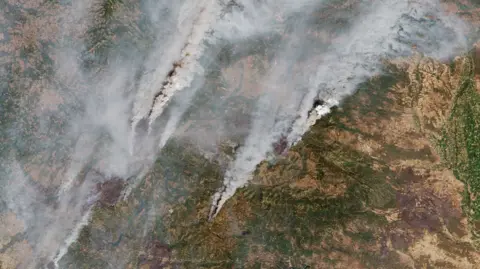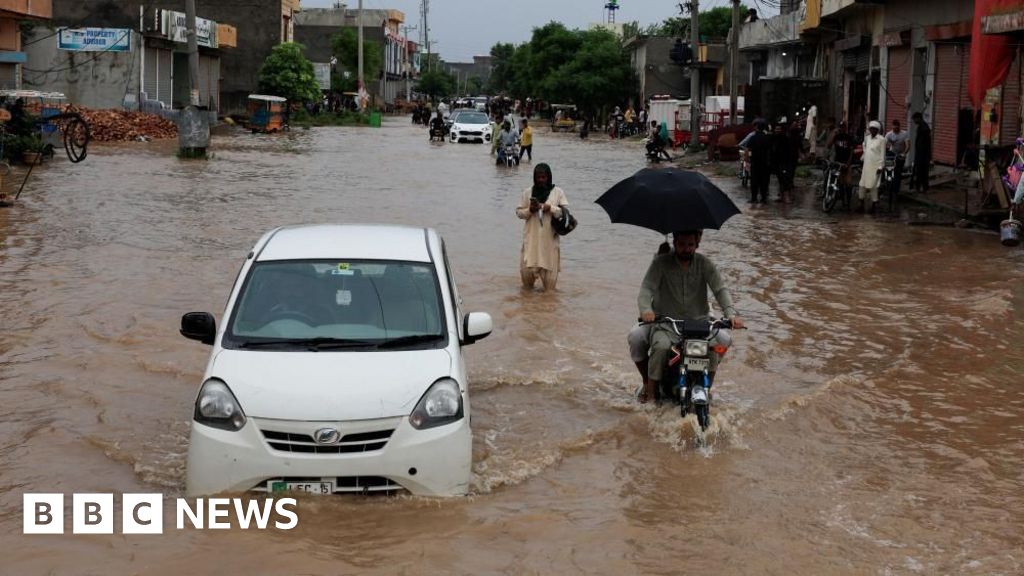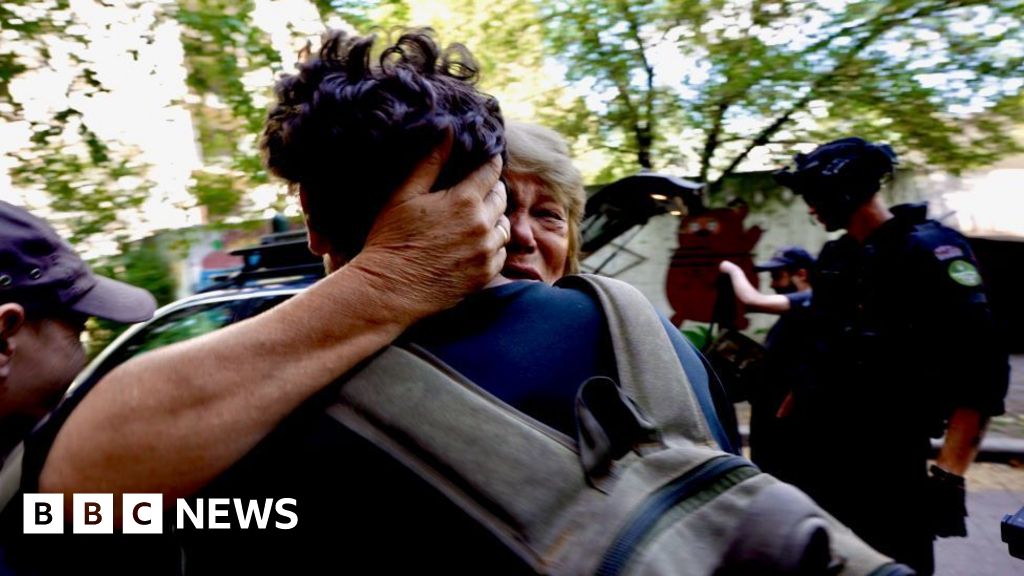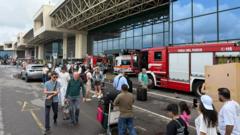The article text:
Smoke from numerous wildfires in Western Canada, notably in Manitoba, has drifted eastward, resulting in hazardous air quality across major Canadian cities and regions in the upper Midwest of the United States. After a recent heatwave, Toronto has observed increased pollution levels, and Environment Canada issued an air quality alert on Monday, marking it among the worst globally according to IQAir.
Residents in Toronto and much of Ontario are being advised against strenuous outdoor activities, similar warnings apply to Saskatoon, the largest city in Saskatchewan. In the U.S., areas around the Great Lakes, particularly northern Minnesota, Wisconsin, western New York, and northern Pennsylvania, are also experiencing deteriorated air quality. Ian Hubbard, a meteorologist at Environment Canada, explained that while smoke typically does not impact health when airborne, it can pose serious health risks when it settles closer to the ground.
Forecasts indicate some improvement in Toronto's air quality overnight into Tuesday, although the region is expected to maintain unusually high temperatures exceeding 30 degrees Celsius (86 degrees Fahrenheit) throughout the week. While Canada's wildfire season is not as severe as it was in 2023, Manitoba is currently suffering through its toughest fire season in three decades. Premier Wab Kinew has declared a state of emergency twice to facilitate resource allocation and evacuations, especially after tragic incidents in May that resulted in deaths and the evacuation of over 30,000 residents, some of whom were airlifted from remote locations under dangerous conditions.
Additionally, the smoke issue has sparked tension between the U.S. and Canada. Following a public letter from six Republican lawmakers in Wisconsin and Minnesota, they have attributed the smoke problems to Canadian forest management failures, with Congressman Tom Tiffany directly criticizing the Canadian government via social media. It’s important to note that many wildfires in Canada ignite in remote regions that aren't actively managed due to their inaccessibility, with lightning strikes being a primary cause of these fires.
Smoke from numerous wildfires in Western Canada, notably in Manitoba, has drifted eastward, resulting in hazardous air quality across major Canadian cities and regions in the upper Midwest of the United States. After a recent heatwave, Toronto has observed increased pollution levels, and Environment Canada issued an air quality alert on Monday, marking it among the worst globally according to IQAir.
Residents in Toronto and much of Ontario are being advised against strenuous outdoor activities, similar warnings apply to Saskatoon, the largest city in Saskatchewan. In the U.S., areas around the Great Lakes, particularly northern Minnesota, Wisconsin, western New York, and northern Pennsylvania, are also experiencing deteriorated air quality. Ian Hubbard, a meteorologist at Environment Canada, explained that while smoke typically does not impact health when airborne, it can pose serious health risks when it settles closer to the ground.
Forecasts indicate some improvement in Toronto's air quality overnight into Tuesday, although the region is expected to maintain unusually high temperatures exceeding 30 degrees Celsius (86 degrees Fahrenheit) throughout the week. While Canada's wildfire season is not as severe as it was in 2023, Manitoba is currently suffering through its toughest fire season in three decades. Premier Wab Kinew has declared a state of emergency twice to facilitate resource allocation and evacuations, especially after tragic incidents in May that resulted in deaths and the evacuation of over 30,000 residents, some of whom were airlifted from remote locations under dangerous conditions.
Additionally, the smoke issue has sparked tension between the U.S. and Canada. Following a public letter from six Republican lawmakers in Wisconsin and Minnesota, they have attributed the smoke problems to Canadian forest management failures, with Congressman Tom Tiffany directly criticizing the Canadian government via social media. It’s important to note that many wildfires in Canada ignite in remote regions that aren't actively managed due to their inaccessibility, with lightning strikes being a primary cause of these fires.


















